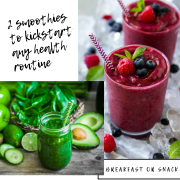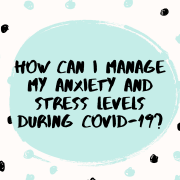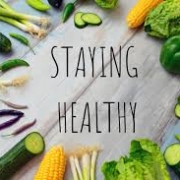The Fabulous Benefits of Walking
What if there was a magic pill that could help control your weight, improve your digestion, reduce risk of heart diseases, help maintain a healthy blood pressure, help control sugar levels and insulin in the blood, boost your mood, keep your mind sharp, AND boost your immune system, -all bundled into one pill that you take once a day, with no side effects? Would you take that pill? Of course you would! I’m not here to tell you that a magic pill has been created, that would be too good to be true, but the great news is that the solution to these things exists today, and always has! It’s simple, affordable, fun, and almost anyone can take advantage of what it has to offer. The answer is walking!
We all have heard that walking is good for us, but do we really know how amazing it is for us? You don’t have to be a runner, an athlete, or even consider yourself “fit” to be able to do this one simple thing that can drastically improve your health. Walking is a lifetime sport. Movement plays a significant role in the aging process. Those who move their bodies throughout their lifetime, whether its dance, tennis, walking, running, swimming, aerobics classes, yoga, pilates, weight lifting etc, are able to maintain functional fitness well into old age compared with those who live more sedentary lifestyles.
The key is to find movements that you love. If you don’t like running, you don’t have to force yourself to run in order to be “healthy” or “fit”. Walking provides nearly identical benefits to running when we look at cardiovascular fitness, lymphatic movement, blood circulation and caloric burn. A one mile run vs a one mile walk may take less time, but other than that, you are still reaping all the glorious benefits that a one mile run can have. In fact, if you walk instead of run, your joints will thank you for it. Walking is a gentle enough activity to provide you with a lifetime of fitness well into old age if you choose to incorporate it regularly into your week, which is great news if you dislike running but enjoy walking. it. Enjoyment is key in finding the activity that you’ll love doing, for life.
7 amazing benefits of walking:
🏃🏼♀️Walking helps move your lymphatic system. Lymph is an extremely important fluid in our body that has many jobs to do, but unlike the blood, the lymphatic system does not have a pump to help it move and flow freely to where it needs to go. Things like muscle contractions and movement act as mini pumps to help this fluid move and not stay stagnant.
🏃🏼♀️Walking improves blood circulation and blood pressure.
🏃🏼♀️Walking boosts your immune system function, increases the oxygen circulating in your body, and releases endorphins.
🏃🏼♀️Walking helps with digestion.
🏃🏼♀️Walking helps boost creativity, brain function, reduces anxiety, depression, and stress levels. It keeps your mind active, awake, and sharp.
🏃🏼♀️Walking strengthens bones and muscles, giving you an edge as you age ever so gracefully.
🏃🏼♀️Walking is an activity that can increase friend and family bonds when done together as a group.
Think of all the easy ways you can fit a quick walk into your day. Go for a stroll before dinner, take the kids out around the block during break-time, walk down the street to the nearest store to get a treat. Take a walk on the beach at some point during your beach day. Go to the park by the bay to walk, people watch and get some fresh air. Go on a long hike on a trail into the wilderness. There are so many ways we can fit this amazing activity into our daily lives, and our bodies will thank us for it. The benefits to this simple activity are almost endless!













